Indication
Type 2 diabetes mellitus
Administration
May be taken with or without food.
Adult Dose
Oral Type 2 diabetes mellitus Adult: Initially, 10 mg once daily in the morning, may be increased to 25 mg once daily, if necessary for additional glycemic control.
Renal Dose
CrCl (mL/min) <45 Contraindicated. <60 Max: 10 mg daily.
Contraindication
As treatment for type 1 DM or diabetic ketoacidosis. Renal impairment (CrCl <45 mL/min), ESRD, or patients on haemodialysis. Lactation.
Mode of Action
Empagliflozin is a reversible inhibitor of sodium-glucose co-transporter 2 (SGLT2), the main site of filtered glucose re-absorption in the renal proximal convoluted tubules. This reduces re-absorption of filtered glucose and lowers renal threshold for glucose, resulting in increased urinary glucose excretion, thereby reducing blood glucose concentration.
Precaution
Hypotension: Before initiating Empagliflozin, volume status should be assessed and correction on hypovolemia should be made in the elderly, in patients with renal impairment, in patients with low systolic blood pressure and in patients on diuretics since Empagliflozin causes intravascular volume contraction. Impairment in Renal Function: Renal function should be evaluated prior to initiating Empagliflozin and periodically thereafter since Empagliflozin increases serum creatinine and decreases eGFR. Hypoglycemia: In patients taking insulin or an insulin secretagogue with Empagliflozin, a lower dose of insulin or the insulin secretagogue is considered to reduce the risk of hypoglycemia. Genital mycotic infections: Monitoring and treatment should be done if indicated. Urinary Tract Infections: Monitoring and treatment should be done as appropriate. Increased LDL-C: Monitoring and treatment should be initiated if required. Lactation: Discontinue Empagliflozin or discontinue lactation.
Side Effect
1-10% Urinary tract infection (7.6-9.3%) Female genital mycotic infections (5.4-6.4%) Upper respiratory tract infection (3.1-4%) Increased urination (3.2-3.4%) Dyslipidemia (2.3-2.4%) Male genital mycotic infections (1.6-3.1%) Nausea (1.1-2.3%) Polydipsia (1.5-1.7%)
Pregnancy Category Note
Pregnancy Based on animal data showing adverse renal effects, use not recommended during the second and third trimesters of pregnancy Limited data available in pregnant women are insufficient to determine a drug-associated risk for major birth defects and miscarriage There are risks to the mother and fetus associated with poorly controlled diabetes in pregnancy Clinical considerations Poorly controlled diabetes in pregnancy increases maternal risk for diabetic ketoacidosis, pre-eclampsia, spontaneous abortions, preterm delivery, stillbirth, and delivery complications; poorly controlled diabetes increases fetal risk for major birth defects, still birth, and macrosomia related morbidity Lactation There is no information regarding presence in human milk, the effects on breastfed infant or on milk production Empagliflozin is present in the milk of lactating rats Because of potential for serious adverse reactions in a breastfed infant, advise women that it is not recommended while breastfeeding
Interaction
Additive hypoglycaemic effect if concomitantly used w/ insulin and insulin secretagogues (e.g. sulfonylureas). Increased risk of dehydration and hypotension when used w/ diuretics (e.g. thiazides, loop diuretics).
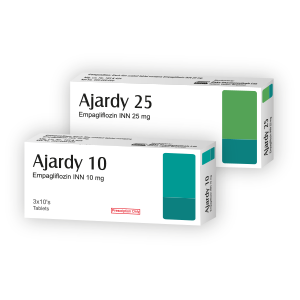
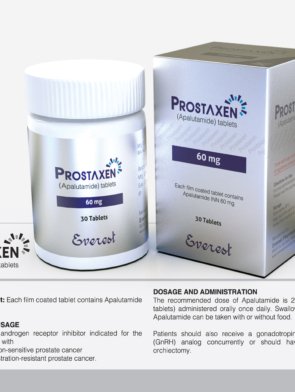
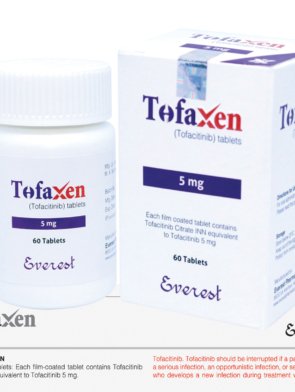
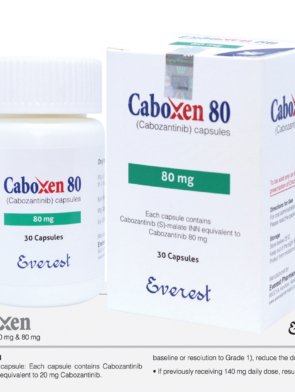
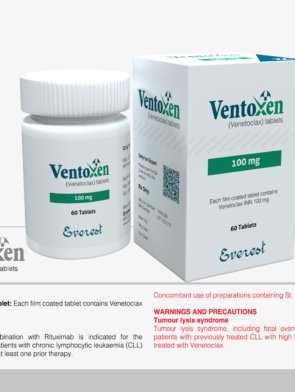
Reviews
There are no reviews yet.